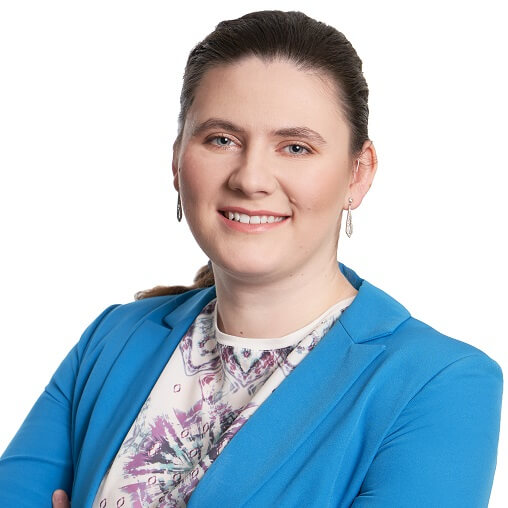Intellectual property law protects entrepreneurs, authors and innovators. Owing to the exclusivity provided by various legal tools, authors of developed and created solutions can safely share their ideas and profit from their work. IP law covers various industries, while protecting them in different ways. Just as physical assets are secured by cameras, safes, alarms or security companies, intellectual property assets should be protected with properly selected legal tools. Let’s look at them more closely!
Patents designed to protect inventions and technical innovations
Patent protection may be extended to inventions that are of a technical nature. A selected patent office (e.g., a national or European one) may provide the inventor with a monopoly on the use of a claimed solution for 20 years. However, for the invention to obtain patent protection, certain requirements must be complied with, including those relating to novelty, industrial application, non-obviousness or utility. Formal aspects are also important, i.e., the documents filed with the patent office must contain specific elements (specification, drawings). Thus, it is worth seeking assistance from a professional patent attorney so as not to ruin your chance of securing a monopoly due to some formal and administrative errors.
Patents can be granted, among other things, for: machines, production processes, chemical substances, medicinal substances, and, in special cases, for computer programs. The 20-year protection period is the time for profiting from a patented invention, e.g., by using it on an exclusive basis, selling it or licensing production rights. After 20 years, the invention becomes part of the public domain, enriching technological achievements of humans, and can be used free of charge and in accordance with the law by all interested parties. The benefits offered by the patent system to inventors, in the form of an exclusive right to profit from a patented solution, provide an additional incentive for the development of science and entrepreneurship.
Examples:
Patents may protect various solutions, ranging from the child car seat design in Pat.226538, through the exercise equipment in Pat.242345 or the random generator in Pat.237196 to the method and device for identifying electric power consumers in Pat.229626!
Due to the complexity of some inventions (and a resulting risk of infringing third party rights) as well as strict formal requirements and high costs associated with their proper registration with the patent office, assistance from a patent attorney may be invaluable.
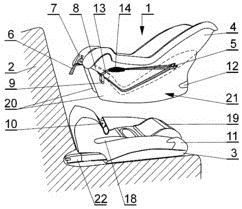
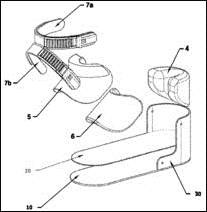
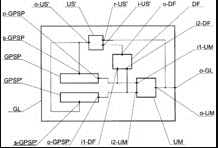
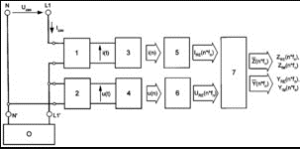
Utility models – new and practical design solutions
Utility model protection is available for solutions which are not innovative in a way that would provide them with patent protection, but it is still worth reserving rights to such solutions, due to their proprietary nature and high commercial potential. In the case of utility models, these are solutions with an innovative structure or arrangement of elements which improve the efficiency or ergonomics of a given product. For example, as a utility model, an ergonomic design of a folding chair or a design of a kitchen utensil which facilitates specific activities may be protected.
The registration process in the case of utility models is cheaper and shorter than in the case of patents. However, for a utility model to be registered, certain requirements must be met, i.e., the utility model must, among other things, be new, original and have practical application in industrial production. When you are thinking of registering a product as a utility model, it is worth conducting a prior search in specialized databases to ensure that you do not violate already existing rights and for this purpose it is best to contact an experienced patent attorney who has access to commercial databases.
Examples:
As a utility model, a product which is not innovative per se but has been improved or altered in some way or another may be protected. This may be, for example, the nail in Ru.073020, the baseboard in Ru.070733 or the electric cemetery lamp in Ru.070612.

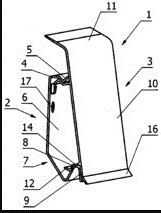
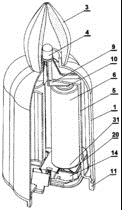
These objects are commonly known, but they can be protected in connection with a new approach to their intended use, composition or design.
Trademarks and their functions
Just as patents serve to protect inventions, trademark are registered to safeguard the recognizability of symbols (e.g., logos) denoting specific products or services. Trademark protection applies, inter alia, to the graphics, colours, words or combinations of these elements whose purpose is to enable the customer to distinguish and identify products. Strong brand recognition is an extremely important asset in the fight for customers. Trademarks have many different functions. In addition to the already mentioned distinguishing function, they are also a kind of guarantee of the quality of purchased products and services (this is why we all prefer original products over counterfeits). A positive brand image facilitates communication with customers and helps build a market advantage.
Trademark registration provides the owner with the exclusive right to use the trademark in a specific market (you can register it in selected countries) and the legal basis to prosecute individuals and companies that violate this right (e.g., by producing counterfeits).
Each company should take the utmost care to protect its trademarks, including logos, visual identity, slogans, scents, sounds or animations. When registering a trademark, it is necessary to comply with certain requirements, such as uniqueness and distinguishability from other marks. Therefore, it is worth consulting an expert to find out whether a specific mark may be registered. Having obtained relevant protection, it is also important to constantly monitor new marks and raise an objection whenever you believe that someone else’s new mark may violate your rights.
Examples:
As trademarks, you should protect the marks by which you can make your products or services stand out. Remember to provide your graphics, logos or slogans that you intend to use in your business dealings with effective protection. The following marks belong to one company, but in the case of each of them a separate filing procedure had to be followed:
– R.151707
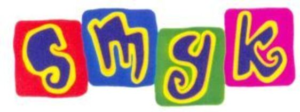
– R.147967
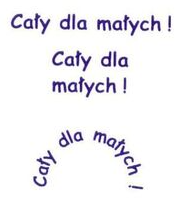
– R.251700

Industrial designs for the protection of designs and shapes
Industrial designs are used to protect the outer form or shape of a product which does not have to be innovative per se. It is a particularly significant legal protection tool and is often used in interior design and design industries. Industrial design rights may protect the appearance of products such as clothes, furniture, toys, cars or household appliances.
The process of obtaining this type of protection is relatively simple and inexpensive, which encourages companies to invest in these rights. Both the whole and specific parts of a product may be protected, and its contours, shapes, lines, textures, ornamentation or the material from which it is made are mostly taken into account. Of course, the most effective strategy is to register as many elements of the product as possible for protection so that you could defend yourself against any unfair competition practices. A patent attorney or a legal advisor specializing in IP law will help you develop an effective anti-counterfeiting strategy.
Example:
In times of digitization, more and more industrial design applications relate to computer applications and computer programs. The graphic interface or application icon you have on your phone can be protected as an industrial design.
– graphical user interface – Rp.28153 (cl. 14.04) – an industrial design

– application icon – Rp.28154 (cl. 14.04) – an industrial design

To build a comprehensive protection strategy for your solutions, you may consider combining both of the above-mentioned rights, namely trademarks with industrial designs. Such a combination example is a dance mat, registered both as a Community industrial design (009167190-0001) and as an EU graphic trademark (018543866), which offers greater possibilities for its protection:
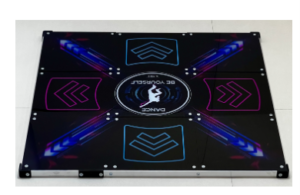
Copyrights for artists
Copyright law protects the interests of authors and forms of their artistic expression, such as songs, music, films, paintings, sculptures or photographs. They do not require registration or filing, and authorship itself is sufficient to provide the author with the right to manage the way their works are being used.
In the case of copyright, there are two types of rights: personal and property rights. Personal rights relate to the author’s personal relationship with the work, inter alia, the right to assign authorship. They are held indefinitely and are non-transferable. On the other hand, economic rights, which relate to the management of the work, i.e., for example, the lending of a picture, a consent to literary film adaptation or the reproduction of a photograph, can be temporarily transferred to other persons through a license agreement. For help in the drafting of a license agreement that will adequately protect the copyright holder’s interests, it is best to seek legal advice from a legal advisor specializing in IP law.
Examples:
You will most often hear about copyright when it is the object of controversy or violation. A good example is the case involving Andrzej Sapkowski and CD Red Project and their dispute over the amount of remuneration for the rights to the Witcher. Another famous dispute related to copyright and property rights to the selfie made by a monkey called Naruto, which triggered a camera and took a photo of itself. An interesting example of a contentious situation is also a lawsuit filed by the Polish Association od Writers and Composers for the Stage (ZAiKS) against a hairdresser’s salon from Wałbrzych for playing radio music. All these examples show that, contrary to what it may seem, copyright law is complex and identifying the holder of copyright and property rights is crucial to establish who is entitled to profits.
Is it worth investing in IP protection?
Each investor must answer this question considering their own situation, but it is best to consult this matter with professional attorneys, for example a patent attorney or a legal advisor specializing in IP law. Choosing the right tools for the protection of intellectual property and developing a strategy tailored to the company’s profile and its current financial capabilities is of great importance for the development of both business and society. Companies, authors and inventors should be aware of the various tools they have at their disposal to protect their ideas and solutions. Supporting innovation contributes to technological and economic progress around the world.
Effective IP protection requires a well-considered strategy, accurate documentation, compliance with registration requirements, transparency of confidentiality agreements, the grant of licenses, if possible, and responding to violations. There are many companies for which IP is the key and most profitable asset, which they actively manage and include in their business or marketing plans for the coming years. Ensuring adequate protection requires a considerable amount of time and money, so on the way to securing your interests, it is worth using the knowledge and experience of professionals who will help you assess the profitability of the activities you undertake.

